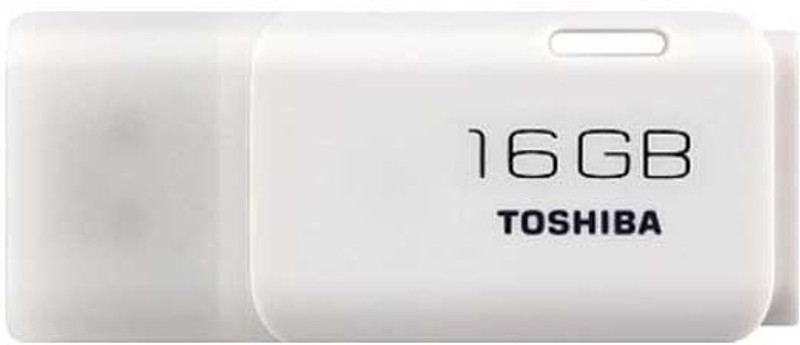How To Care For Your Sewing Machine: Maintenance Tips For Seamless Operation

Sewing machines are more than just tools; they're the silent partners in your creative journey. From delicate hems to intricate designs, they help bring your textile dreams to life. But like any hardworking machine, a sewing machine needs care and attention to continue delivering flawless results. While it might seem overwhelming, fear not! Keeping your sewing machine in tip-top condition is simpler than you think. With a few essential maintenance steps, your sewing machine can serve you for years, helping you create masterpiece after masterpiece. Let's explore some tried-and-tested tips for ensuring your sewing machine runs smoothly.
1. Keep It Clean – A Stitch In Time Saves Nine
It might seem obvious, but dust, lint, and thread remnants can sneak into your machine's inner workings, causing all sorts of trouble. Just like a car needs a regular wash, so does your sewing machine. Regularly cleaning your machine will not only keep it looking great but will also ensure smooth operation.
To clean your sewing machine, start by turning it off and unplugging it. Remove the needle and presser foot, then gently lift off the bobbin case and the plate beneath it. You'll likely find some thread bits and lint lurking here – grab a small brush (most sewing machine kits come with one), or use a can of compressed air to blow it all away. Don't forget to clean the feed dogs too. These small steps will prevent jams and misfeeds, keeping your stitches as perfect as your imagination.
2. Lubrication Is Key – Oil, But Not Too Much
Much like a well-oiled door hinge, your sewing machine needs a bit of lubrication to keep running smoothly. Over time, the moving parts can become stiff without a little help. A light coat of sewing machine oil is your secret weapon to ensure those gears keep turning smoothly.
However, don't go overboard. Too much oil can attract dust and lint, which can clog up your machine. Just a drop or two in the key areas (like the needle bar, shuttle hook, and bobbin case) is all it takes. Check your manual for specific lubrication instructions – some machines only need to be oiled once every few months, while others might need a little more love. Regular oiling will ensure your sewing machine operates like a dream.
3. Needle Care: A Sharp Needle Equals Sharp Stitches
It might surprise you, but your sewing machine's needle plays a huge role in its performance. A dull or bent needle can cause skipped stitches, fabric snags, and even damage the machine's components. A quick and easy way to keep your machine in top shape is by changing the needle regularly.
As a general rule, it's a good idea to replace your needle after every project, or at least after every 8-10 hours of sewing. If you're working with heavy fabrics like denim or leather, you'll need a special needle designed for those materials, which is an easy fix to avoid needle breakage. And, don't forget to match the needle size to the type of fabric you're using for optimal results. A sharp needle ensures perfect stitches, every time.
4. Tension Troubles: Finding The Perfect Balance
If your stitches are coming out unevenly or the thread is snapping, the tension settings on your sewing machine may need adjusting. Thread tension is a delicate balance – too tight and the fabric will pucker, too loose and you'll get messy seams. Finding that sweet spot is essential for professional-looking stitching.
Check the thread tension every time you change threads, as different materials and thread types may require different settings. Start by adjusting the tension dial on the top of the machine or using the settings in the machine's menu. If the issue persists, try re-threading the machine, as this is often the culprit. Once you've got the tension right, your stitches will be smooth and secure, with no unwanted snags.
5. Avoid Overworking: Know When To Take A Break
As much as you may love your sewing machine, overworking it can lead to unnecessary strain. Like a marathon runner, your machine needs regular breaks to prevent overheating and damage. If you're working on a large project, like quilting or heavy fabrics, give your sewing machine a break every hour or so. This will allow the motor to cool down and prevent wear and tear.
If you're working on multiple projects throughout the day, try to space out your sewing sessions. This will not only protect your machine but will also improve the quality of your work. A tired machine won't perform at its best, just as a tired sewer might miss a stitch or two! So, take breaks, stay refreshed, and your sewing machine will thank you with perfect results.
6. Regular Servicing: A Professional Touch
While it's easy to care for your sewing machine at home, there are times when a professional service is needed. Over time, even the most well-maintained machines will require a deep cleaning and adjustment. Taking your sewing machine for a regular service (usually once a year) is essential for ensuring long-term reliability.
A professional will not only clean and oil your machine but will also check for any issues that could lead to bigger problems. They can recalibrate the tension, check the motor, and ensure all the parts are in working order. Don't wait for something to go wrong before seeking professional help – routine servicing can save you from costly repairs down the road.
7. Store It Properly: Keep It Safe And Sound
When you're not using your sewing machine, proper storage is crucial for maintaining its condition. If you've just completed a major project, resist the urge to leave your machine out. Dust, moisture, and even curious pets can cause damage to exposed machines. Always store your machine in a dust-free, dry environment to avoid unnecessary wear.
A protective case or cover is a great investment to keep your sewing machine safe when not in use. If you need to store it for long periods, ensure it's unplugged and placed in a cool, dry place. Keeping it covered prevents dust from building up and helps protect delicate components from accidental knocks or spills.
Product Related To This Article
1. USHA Allure DLX Electric Sewing Machine
2. Singer SOLO Manual Sewing Machine
3. Usha Janome Wonder Stitch With Sewing Kit Electric Sewing Machine
4. brother JA20 Electric Sewing Machine
5. CHILLAXPLUS Sewing Machine For Home Tailoring with Pico Presser Foot Electric Sewing Machine
6. Singer FM 1412 Electric Sewing Machine
Caring for your sewing machine doesn't require a lot of time or effort, but it can make all the difference when it comes to achieving flawless results. By following these simple maintenance tips, you'll keep your machine in top shape for years to come. Regular cleaning, lubrication, and needle replacement, along with professional servicing, are key to ensuring your sewing machine performs at its best. A little love and attention will have your sewing machine running like a dream – ready for all your future projects. So, take a deep breath, get to know your machine, and keep creating – because with the right care, there's no limit to what you can sew.
Disclaimer: The images used in this article are for illustration purposes only. They may not be an exact representation of the products, categories, and brands listed in this article.






























